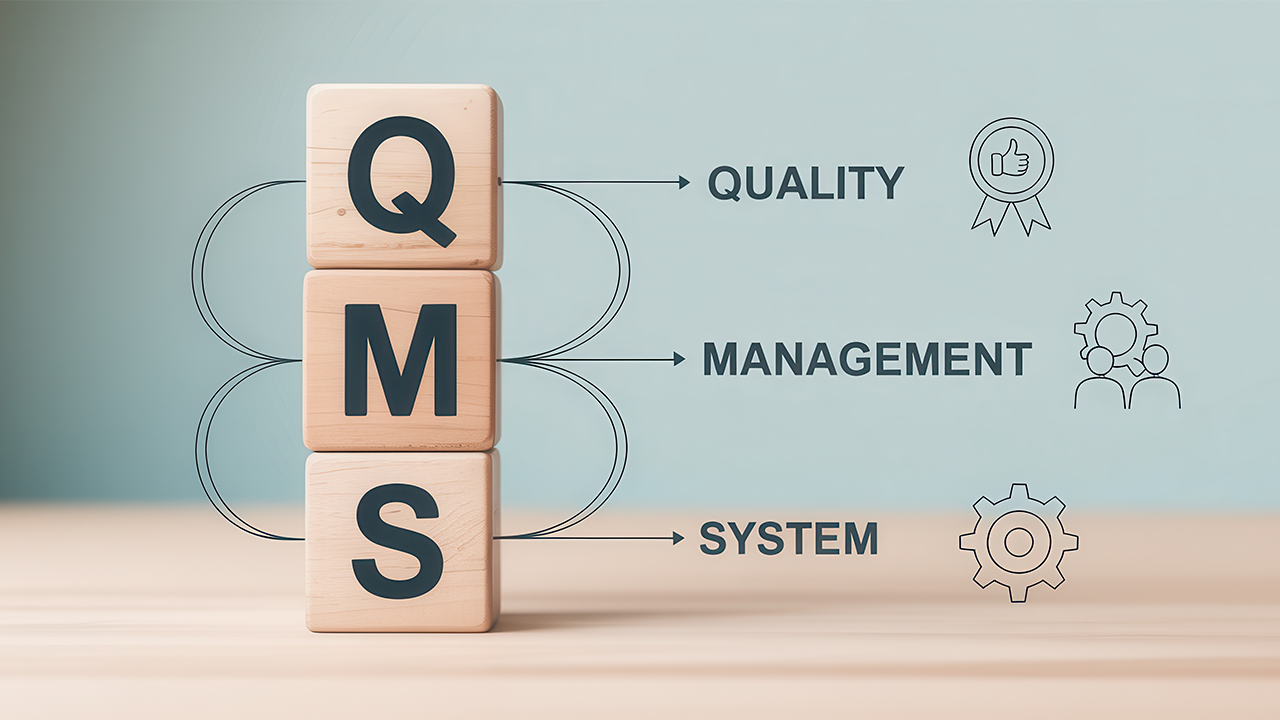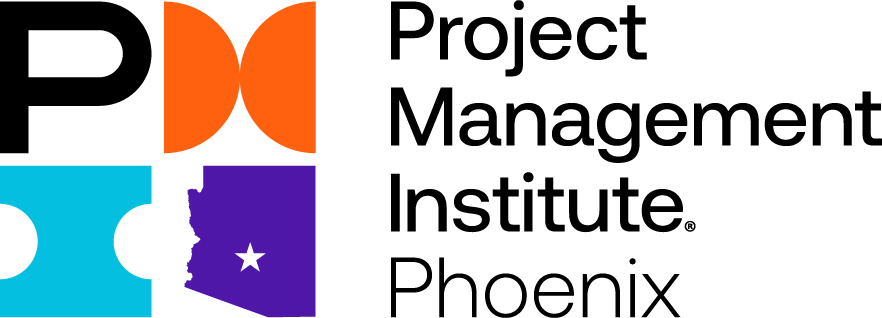
Personal Reflection on Aligning Lean, Six Sigma, and ISO 9001 in Business
The use of Lean, Six Sigma, and ISO 9001 will be beneficial for any business striving for excellence. In my opinion, Lean focuses on maximizing value by eliminating unnecessary steps and encouraging team involvement to improve. For example, I am aware of the benefits of value stream mapping and 5S principles, which are proven to enhance workflow and include staff in the improvement process, fostering accountability and a sense of ownership.
I believe that by combining Six Sigma’s approach to managing the process using data, and integrating Lean and ISO 9001, we would gain better operational excellence. On the one hand, I see the implementation of the Six-sigma philosophy in a business as a focus on the reduction of variation, leading to a better quality through the Define, Measure, Analyze, Improve, and Control (DMAIC). On the other hand, ISO 9001 offers a great opportunity for us to establish a sound base to implement our systems of quality that will meet the requirements of customers and demonstrate improvement and creativity. Combining these three methodologies would allow us to build a culture of meeting standards and striving for improvement. However, I also acknowledge that the barriers to this integration are the fear of change and reluctance to embrace new ways of thinking. Thus, I think that proper communication and training would mitigate these barriers, enabling a much more efficient transition, which will result in a higher level of customer satisfaction and more competitiveness in the market.

Understanding Quality Management Systems (QMS)
A quality management system (QMS) is a framework designed to make sure that the products and services offered by an organization meet the same level of quality every time. When implemented correctly, it can lead to increased efficiency, enhanced customer satisfaction, and improved regulatory compliance and adherence to standards. Below is a closer look at the essential elements of a quality management system and some of its benefits.
Key Components of QMS
1. Quality Policy and Objectives: The first element of a quality management system is the quality policy. The quality policy outlines the organization’s commitment to quality. In addition, specific, measurable objectives should be established that can be used to measure progress toward these objectives.
2. Document Control: There should be a document control system that ensures that all quality-related documents are properly managed. This includes policies, procedures, work instructions, and records, so that when they are needed, they are easy to find.
3. Quality Planning: A quality plan should also include the processes that will be employed to reach the established quality objectives. This will outline how the organization will meet the requirements of its customers and incorporate the steps that should be taken if these objectives are not met.
4. Training and Competence: Employees should be trained and competent in the work that they are doing. There should be a training program in place to ensure that employees understand the quality management system and the requirements of their job.
5. Process Control: Having established the processes, they should be standardized to ensure that they are carried out consistently. This includes monitoring, measuring, and evaluating these processes so that weaknesses can be identified.
6. Internal Audits: Periodic internal audits should be conducted to ensure that the quality management system is functioning correctly. These audits will identify any nonconformities and opportunities for improvement.
7. Management Review: The organization’s senior management should periodically review the quality management system to ensure that it is still effective and making improvements. This includes analyzing audit reports, performance indicators, and customer feedback.
8. Continuous Improvement: Continuous improvement is an essential part of a successful quality management system. This can be achieved through various methodologies, such as Plan-Do-Check-Act (PDCA), Six Sigma, and Lean practices.
Benefits of a QMS
1. Increased Customer Satisfaction: Focusing on quality will almost certainly lead to increased customer satisfaction and customer loyalty, which will, in turn, result in more business.
2. Improved Operational Efficiency: Quality management systems make it easier to reduce waste and errors, resulting in lower costs and higher productivity.
3. Better Regulatory Compliance: Organizations that adhere to the relevant quality standards (e.g., ISO 9001) are better positioned to meet regulatory requirements.
4. Greater Employee Engagement: Employees who are trained and understand the importance of quality management are usually more engaged and feel valued in their role.
5. Better Risk Management: A proactive risk management approach within a quality management system means that an organization will be better prepared to prevent issues before they occur.
Lean, Six Sigma, and ISO 9001
The implementation of Lean, Six Sigma, and ISO 9001 is one of the practices that are used by organizations to make operations efficient, increase quality, and raise customer satisfaction. Lean focuses on minimizing wastage so as to maximize value creation. On the other hand, Six Sigma focuses on reducing process variation by analyzing processes. The analysis is carried out through the identification of special characteristics that have no variance (Waters, 2018). ISO 9001 serves as a platform for continuous quality assurance and improvements that help achieve perfection. The use of the three practices creates an efficient, high-quality, and satisfying workforce that drives the organization towards its objectives.
Lean Methodologies
These are principles and practices that enhance efficiency by minimizing waste while maximizing process value. Originally developed in manufacturing, Lean has been adapted across various industries, including healthcare, software development, and service. The core philosophy of Lean centers around delivering maximum value to the customer with minimal resources, thereby streamlining operations and improving quality.
Principles of Lean Methodologies
- Value: The first principle of Lean is to define value from the customer's perspective. This means understanding what the customer perceives as valuable and ensuring that all processes are aligned to deliver that value efficiently.
- Value Stream: A value stream maps all the steps in a process, identifying which activities add value and which do not. Organizations can eliminate non-value-adding activities (waste) and streamline processes by analyzing the value stream.
- Flow: Lean emphasizes the importance of smooth, continuous process flow. Businesses can improve operational efficiency and response times by reducing bottlenecks and ensuring that work moves seamlessly through each stage.
- Pull: Instead of pushing products through a process based on forecasts, Lean advocates for a pull system where production is based on customer demand. This approach helps reduce inventory costs and ensures that resources are allocated more effectively.
- Perfection: Lean methodologies encourage a culture of continuous improvement, where teams consistently seek ways to enhance processes, reduce waste, and increase value. This principle is often encapsulated in the Lean phrase “Kaizen,” which means “continuous improvement.”
Six Sigma
This methodology is a data-driven approach aimed at improving quality by identifying and removing the causes of process defects. Developed by Motorola in the 1980s and popularized by companies like General Electric, Six Sigma combines quality improvement techniques with statistical methods. Six Sigma aims to achieve near-perfect quality, where processes operate at a level of 3.4 defects per million opportunities (DPMO), translating to a 99.99966% level of quality.
Overview of Six Sigma
At its core, Six Sigma involves rigorous data analysis and problem-solving techniques designed to enhance process capabilities. The methodology is structured around two major frameworks:
1. DMAIC: This framework is used for existing processes that need improvement. DMAIC stands for:
- Define: Identify the problem, project goals, and customer requirements.
- Measure: Collect current processes and performance data to establish baselines.
- Analyze: Examine data to identify root causes of defects or inefficiencies.
- Improve: Develop and implement solutions to eliminate root causes.
- Control: Implement controls to sustain improvements and monitor ongoing performance.
2. DMADV: This framework creates new processes or products. DMADV stands for:
- Define: Set goals aligned with customer demands and enterprise strategy.
- Measure: Identify and measure critical quality characteristics.
- Analyze: Design alternative process designs and evaluate them.
- Design: Develop a detailed design and optimize the process.
- Verify: Validate the design with pilot runs and adjust as necessary.
ISO 9001
This standard is internationally recognized for quality management systems (QMS) developed by the International Organization for Standardization (ISO). It provides a framework that organizations can follow to consistently meet customer and regulatory requirements while improving their overall performance. The standard emphasizes a process approach to enhance customer satisfaction through effective quality management.
Requirements of ISO 9001
Integrating ISO 9001 into an organization involves understanding and implementing several key requirements, which are outlined in the standard:
- Context of the Organization: This involves understanding the internal and external factors that can impact the organization’s ability to achieve desired outcomes. Organizations must identify interested parties (stakeholders) and their needs.
- Leadership: Top management must demonstrate leadership and commitment to the QMS by establishing a quality policy, assigning roles and responsibilities, and promoting a quality culture within the organization.
- Planning: Organizations must identify risks and opportunities affecting the QMS. This includes setting measurable quality objectives aligned with the quality policy and planning how to achieve them.
- Operation: Organizations must plan, implement, and control processes to deliver products and services that meet requirements. This includes determining customer requirements and managing changes effectively.
- Performance Evaluation: This involves monitoring, measurement, analysis, and evaluation of the QMS to assess its performance and effectiveness. Organizations must conduct internal audits and management reviews to ensure the system’s ongoing suitability.
- 7. Improvement: Organizations must continually improve the QMS by addressing nonconformities, implementing corrective actions, and enhancing the quality management system's effectiveness through lessons learned.
- Support:
- Resources: Adequate resources, including personnel and infrastructure, must be determined and provided to establish, implement, maintain, and improve the QMS.
- Competence and Awareness: Employees should be appropriately trained and competent to perform their tasks and know how their roles contribute to the QMS.
- Communication: Internal and external communication strategies are necessary to ensure relevant information is available and disseminated throughout the organization.
- Documented Information: Documentation must be maintained to support the effective operation of the QMS, including quality manuals, procedures, and records.
Aligning Lean, Six Sigma, and ISO 9001 in Business
Today, more and more companies are considering the critical aspects of the market, namely quality and efficiency. Three key approaches that, if combined, can form a framework for ongoing improvement are Lean, Six Sigma, and ISO 9001. Lean focuses on eliminating waste and delivering maximum value to the customer using minimal resources. Six Sigma, on the other hand, uses statistical methods to reduce process variability and minimize defects to achieve high-quality products. Finally, ISO 9001 sets out a structured approach to quality management systems, including meeting the needs of the customer and implementing a systematic approach to management and continuous improvement.
The combination of Lean, Six Sigma, and ISO 9001 enables organizations to promote an environment of excellence, and operations are simplified and improved, leading to enhanced customer experience. The combination of methodologies will allow companies to ensure that all internal operations are efficient and meet internationally accepted standards. The merger promotes a quality management ecosystem, aiming at supporting long-term growth and success. Proper implementation of the methodologies helps companies be responsive to market changes, meet the customer’s demands consistently, and gain long-term success.

Common Goals and Synergies
Lean, Six Sigma, and ISO 9001 are all distinctive methodologies with their own objectives, but they share several key goals that, if aligned, can work together effectively:
1. Lean, Six Sigma, and ISO 9001 all aim to meet and exceed customer expectations, ensuring that the product or service provided is of value.
2. Lean, Six Sigma, and ISO 9001 encourage the continual improvement of processes, which means that they should be regularly reviewed and improved.
3. Lean and Six Sigma use data and statistical analysis to inform decisions, and ISO 9001 promotes the measurement and monitoring of process performance.
4. It is important that all employees, at all levels, are engaged to help identify issues and drive improvement in all three methodologies.
Strategies for Effective Alignment
1. Train employees in the integrated concepts of Lean, Six Sigma, and ISO 9001.
2. Use common strategic goals and measurements (KPIs) for all three methodologies to keep everyone on the same page and hold them accountable.
3. Create cross-departmental teams consisting of stakeholders from operations, quality, and customer service. The different perspectives will enable a 360-degree approach to problem-solving.
4. Use process mapping techniques (Lean value stream mapping) in combination with the Six Sigma DMAIC methodology to analyze where inefficiencies exist, and areas of waste are present.
5. Document and implement the best practices that come out of the Lean and Six Sigma projects through ISO 9001.
6. Constantly review and implement feedback in a timely manner to ensure the effectiveness of the integrated approaches.
Benefits of Integration
1. The integrated approaches help eliminate waste and downtime, allowing the company to save money and run operations more efficiently.
2. Data-driven approaches like Six Sigma, coupled with efficiency gained from Lean and guidance from ISO 9001, result in a high-quality product or service.
3. Organizations that implement the three methodologies together will provide better value to the customer, resulting in customer loyalty and referrals.
4. With an emphasis on quality, efficiency, and customer satisfaction, companies will stand out in the market, allowing them to gain more clients and more opportunities.
5. Aligning the three methodologies will result in a culture of continuous improvement. Employees will be more inclined to think outside the box and try to solve problems proactively.
Conclusion & Recommendations
There is no question that aligning Lean, Six Sigma, and ISO 9001 is a way to succeed in business operations. As business environments continue to get more and more complicated, the demand for being efficient and having quality will only go up. The combined strength of merging the three methodologies provides the opportunity to more thoughtfully manage a project from beginning to end. This means better productivity, fewer risk management issues, and, ultimately, better customer satisfaction. By establishing a continuous improvement culture and executing the aligned practices, organizations can do well in the present and the future.
To be effective, I recommend a few tips. Train the project managers and team members to use these methods and encourage them to learn the methodologies in a unified manner. Continuously invest in technology that can help analyze data, map processes, and measure quality. Establish an open-minded attitude to embrace change and innovation. Always give the team freedom to experiment with new ideas and methodologies. Lastly, set up metrics for success and constantly review them to hold teams accountable. In other words, acknowledge the dependency between project management and quality management and advance operations to a whole new level of achievement and success.
Bibliography
- Breyfogle III, F. W. (2003). Implementing six sigma: smarter solutions using statistical methods. John Wiley & Sons.
- Deming, E. W. (1986). Out of the Crisis. Cambridge, MA: center for advanced engineering study. Massachusetts Institute of Technology.
- Ishikawa, K. (1982). Guide to Quality Control. Asian Productivity Organization.
- ISO (2015). ISO 9001:2015 - Quality Management Systems - Requirements. International Organization for Standardization.
- Park, S. (2020). Marketing management (Vol. 3). Seohee Academy.
- Slack, N., & Brandon-Jones, A. (2018). Operations and process management: principles and practice for strategic impact. Pearson UK.
